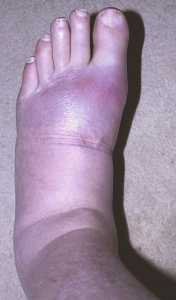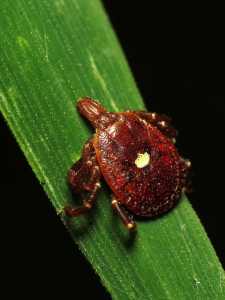Author Interviews, Heart Disease, Sexual Health / 22.06.2018
Bisexual Men Face Greater Risk of Heart Disease
MedicalResearch.com Interview with:
Billy A. Caceres, PhD, RN, AGPCNP-BC
NYU Rory Meyers College of Nursing
New York, NY 10010
MedicalResearch.com: What is the background for this study? What are the main findings?
Response: Although current evidence, primarily based on self-reported data, suggests gay and bisexual men report higher rates of cardiovascular risk factors (such as poor mental health and tobacco use) than heterosexual men, few studies have examined heart disease risk in this population. This study is one of the few studies to examine heart disease risk in gay and bisexual men using biological measures.
Using data from a nationally representative sample we identified higher rates of mental distress, obesity, hypertension, and diabetes among bisexual men compared to exclusively heterosexual men after adjusting for traditional risk factors (demographic characteristics, mental distress, and health behaviors). We also included men who identified as heterosexual but report a history of same-sex sexual behavior. Gay and heterosexual-identified men who have sex with men displayed similar risk profiles to exclusively heterosexual men.
(more…)


















